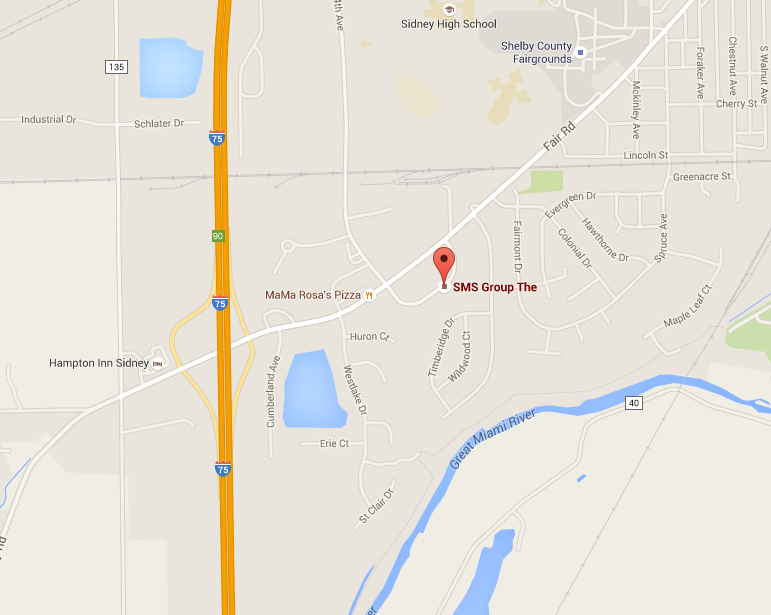Key Considerations for Choosing the Right Label Solution
Barcode label solutions are critical tools used in just about every industry, from transportation and logistics, pharmaceuticals to shipping and distribution and industrial manufacturing. Each enterprise requires 100% accuracy to keep operations running smoothly, and every labeling error or improper maintenance will lead to consequences within the supply chain. Before we outline the factors, you should consider before choosing a label solution, our partners at Zebra have summarized differences between direct thermal and thermal transfer printers in their white paper, Selecting the Right Label to Identify Your Finished Product.
Thermal Printing Basics
Direct thermal printing uses chemically treated, heat-sensitive media that blackens when it passes under the thermal printhead. Direct thermal printers have no ink, toner, or ribbon. Direct thermal materials offer a shorter life than thermal transfer and may fade over time. Direct thermal labels offer minimal resistance to heat, light, abrasion, and chemicals. Exposure to these items will cause the material to darken, resulting in the text and barcodes that are unreadable.
In thermal transfer printing, a thermal printhead applies heat to a ribbon, which melts ink onto the material to form the image. This technique provides image quality and durability that is unmatched by other on-demand printing technologies. Thermal transfer offers a wider variety of materials than direct thermal, including paper, polyester, vinyl, polypropylene, and polyamide materials. Thermal transfer solutions are much more durable than direct thermal, as they are resistant to a wider variety of temperatures and chemicals.
Label Solution Considerations
Choosing the right label solution is critical when it comes to printing your labels. To identify the best print technology, material, and ribbon to ensure that the label remains readable during the product’s journey through out the supply chain, you need to consider the following:
- Surface type and shape-Different surfaces will affect adhesion. Always consider the type and the shape of the surface using a label.
- Application and service temperatures– Evaluate both the application temperature and the service temperature. Ask questions, including does the label need to withstand the freezer or the heat of an oven? When will the label be applied to a product?
- Chemical resistance– Consider whether the label will be exposed to chemicals like cleaning solutions, oil, grease, or alcohol.
- Indoor or outdoor – Will your label be subjected to outdoor elements such as rain, sun, or snow? If so, a thermal transfer synthetic material would provide the added durability required to survive these harsh environmental factors.
- The label’s lifespan – Knowing how long the label will need to be readable and the environmental factors will help you identify the best solution.
Let us Help
Need advice on your printer application and labels? Leverage The SMS Group’s partnership with industry-leading printer manufacturers like Honeywell and Zebra. Our team understands the challenges your business faces. Give us a call today at 937-498-2700 for a custom preventive maintenance plan.


